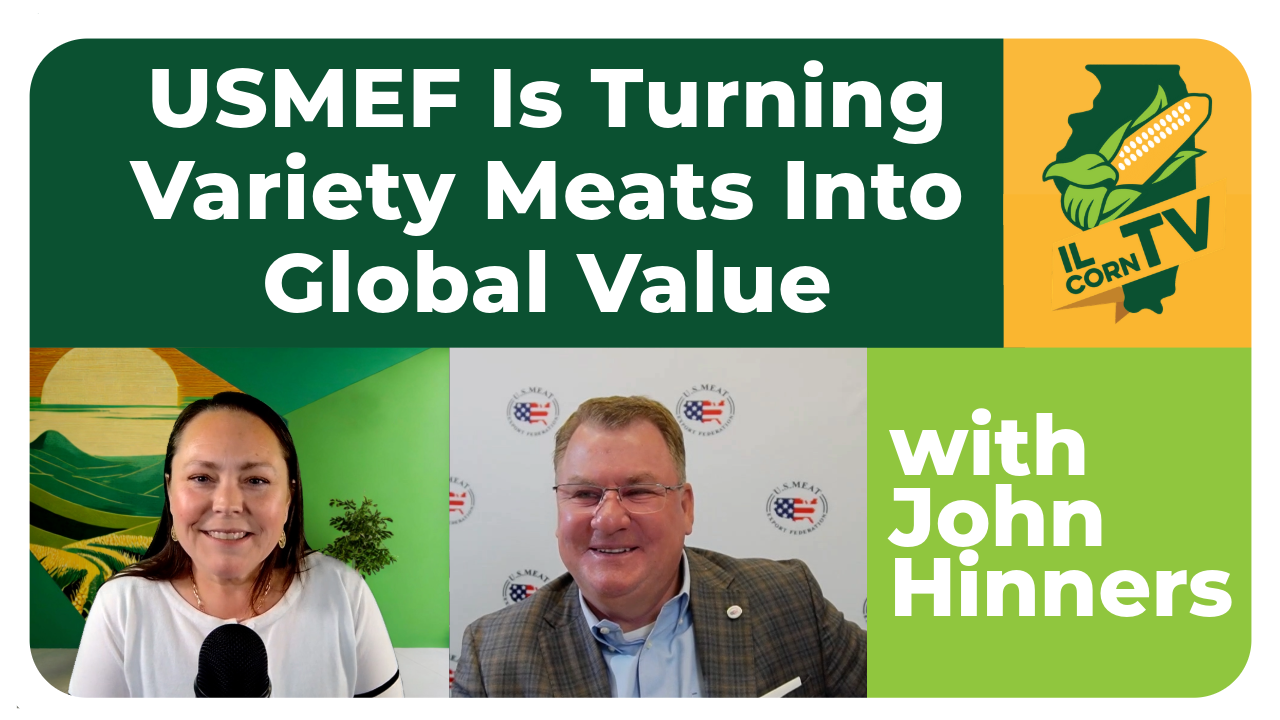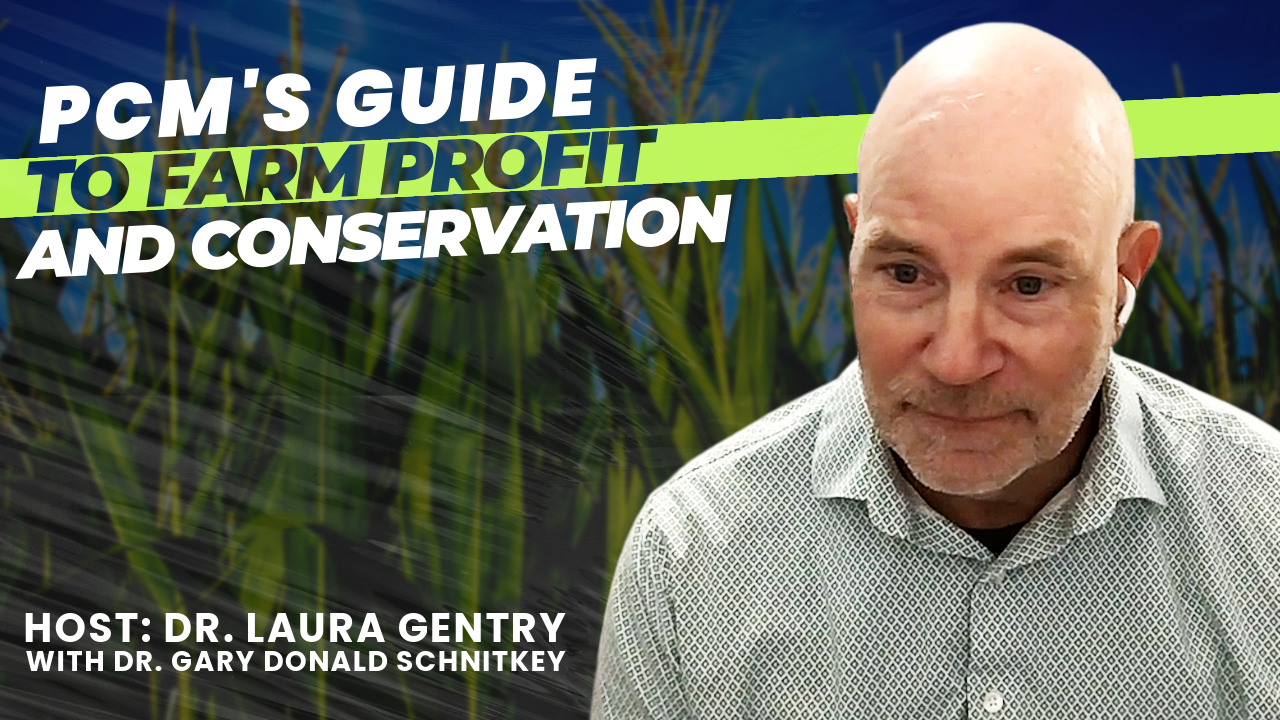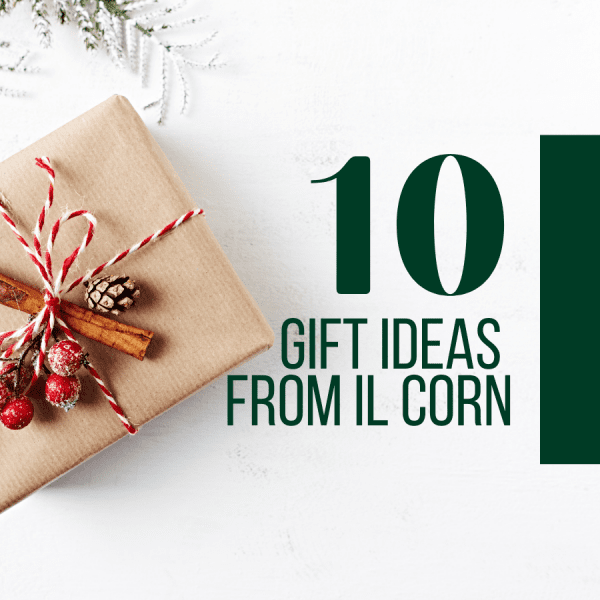Streambank Erosion: An Overlooked Threat to Illinois Farmland
Streambank Erosion: An Overlooked Threat to Illinois Farmland
Dr. Andrew Margenot (Margenot), a soil scientist at the University of Illinois, is leading research that could reshape how we understand phosphorus losses in Illinois and across the Midwest. While agriculture is often blamed as the primary non-point source of nutrient runoff, Margenot’s work shows that another overlooked source (stream bank erosion) may be contributing far more than previously recognized.
Stream banks naturally contain high levels of phosphorus. As rivers meander and banks collapse, sediment and phosphorus are carried downstream. Unlike fertilizer runoff, which is closely tied to farming practices, this phosphorus can continue to leak into waterways for years or decades after erosion events. This means that even though Illinois farmers are some of the most efficient phosphorus users in the world (and have actually been underapplying phosphorus since the 1990s) the state still leads the nation in phosphorus losses to the Mississippi River and the Gulf of Mexico.
Margenot explains that national and state nutrient loss reduction strategies often treat all non-point sources as agricultural, leading to misattribution of blame, misdirection of resources, and unrealistic expectations for farmers. In reality, studies suggest that as much as 31% of phosphorus losses may come from stream bank erosion, not farm fields.
His team is now in the midst of a five-year project, supported by Illinois farmer checkoff dollars, to quantify stream bank erosion across the state using erosion pins, lidar, and aerial imagery dating back to the 1930s. Their findings could help Illinois and other Corn Belt states develop more accurate nutrient strategies, better policy, and fairer communication with farmers.
Key Points from Margenot:
Core Issue:
- Nutrient losses (nitrogen & phosphorus) are usually blamed on agriculture.
- Stream bank erosion is an overlooked non-agricultural source of phosphorus.
Illinois’ Role:
- Illinois contributes 10–16% of total phosphorus entering the Mississippi River.
- Leads all 31 basin states in phosphorus losses.
- Despite this, Illinois farmers are highly efficient (60–80% phosphorus efficiency), compared to a 16% global average.
The Paradox:
- Farmers underapply phosphorus since 1990.
- Yet, phosphorus losses have increased by 35% (2023 report).
- Likely explained by stream bank erosion and “legacy phosphorus” stored in soils/sediments.
Stream Bank Erosion:
- Contributes about 31% of phosphorus losses globally and in Iowa.
- Meandering rivers erode banks, releasing naturally occurring phosphorus.
- Phosphorus binds to soils and releases slowly over decades → long-term pollution.
- Erosion rates: typically ~10mm/month, but can reach 100mm (4 inches) in some sites.
Misattribution in Policy:
- Nutrient loss reduction strategies often count all non-point sources as agriculture.
- This overestimates agriculture’s contribution and may misdirect conservation dollars.
Research Effort:
- U of I project (5 years) - Studying 9 major watersheds (HUC-8s), ~300 stream sites.
- Methods: erosion pins, lidar scans, historical aerial images (1930s–present).
Implications:
- Policies need to recognize non-agricultural phosphorus losses.
- Legacy phosphorus means water quality improvements may take decades, even if farming losses stopped tomorrow.
- Stream bank management (buffering, wetlands, engineered protections) could help.











































































































